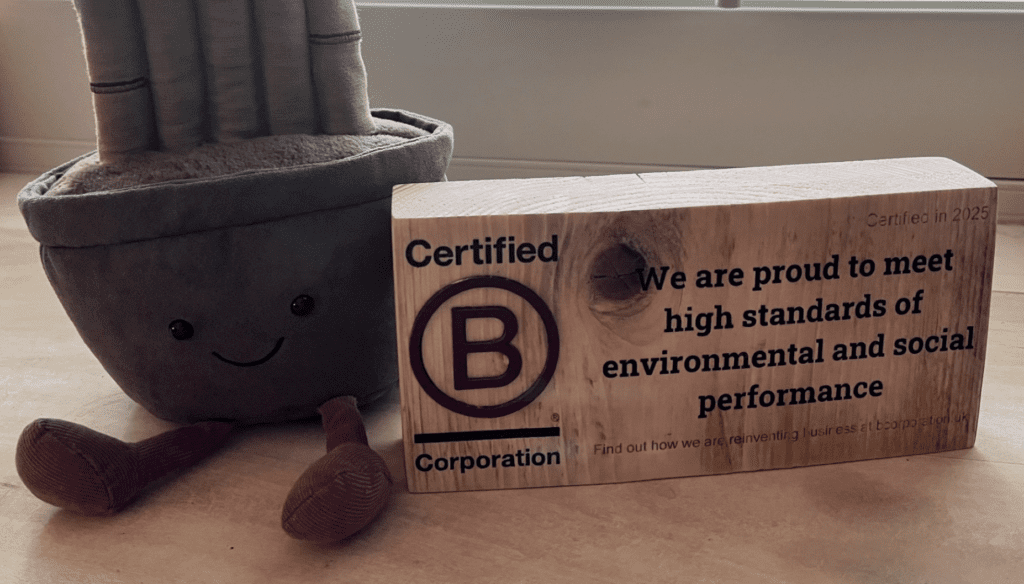The DEI Data Standard for UK Funders
The importance of ensuring funding is fair, inclusive and diverse is one of the most talked about topics in UK funding today. Diversity, Equity and Inclusion data is collected by many funders. At Hyphen8, we have worked with over 100 funders throughout the past 10 years. During that time, we have noticed that the way grant-makers capture DEI data and the categories they use varies hugely, and has not been consistent enough to provide a useful comparison.
A significant step in advancing DEI in grant-making was taken by the DEI Data Group in August 2020. With funding from The Esmée Fairbairn Foundation and The National Lottery Community Fund, an independent group of UK funders, known as the DEI Data Group set out to create a framework known as the DEI Data Standard.
The DEI Data Standard is a shared framework for funders to capture data on population groups or communities who may not always be fairly represented across the funding sector due to unconscious bias, cultural exclusion, or other avoidable barriers. In this way it focuses on capturing data about structural inequity in grant-making. The term ‘inequity’ refers to a lack of equity, meaning ‘justice’ or ‘fairness’ within a community or society. This can lead to inequalities of opportunity or unequal distribution of outcomes.
Within the standard, there are three components:
- Taxonomy: A consistent classification system for population groups and communities that are more likely to experience inequity due to factors such as their race, disabilities, faith, age and more.
- Approach: How and when DEI data is requested in relation to the grantee organisation’s mission, their projects and their leadership team (and which levels of the DEI standard are relevant).
- Guidance: Support to improve consistency in application questions, to simplify responses and improve the analysis of comparisons between programmes.
UK funders are now asking themselves how they can adopt the principles set out in the framework to improve their organisation’s funding practices to tackle structural inequity.

Why would a UK funder adopt the DEI Data Standard?
The DEI Data Group agreed that without an effective framework to capture DEI data, there can be no effective action to identify and target funding to address structural inequity. The DEI Data Group’s Guidance document lists three of the main benefits brought about by the DEI Data Standard’s consistent taxonomy and approach:
- Better quality of data provided by applicants if they are not needing to interpret the questions being asked in different ways.
- Lower burden for applicants longer term as they get used to providing the responses in the same way.
- Greater comparability for analysis purposes between funders if there is a consistency of approach.
The purpose of the framework is to gather data from organisations applying for funding in a consistent manner. It helps grant-makers to find out who their funding is reaching, to make sure their funding practices are fair, and to address any imbalance. It is not intended to be used to inform individual decisions when assessing funding applications, but rather to influence funding strategy, programme development and as a shared framework for sector analysis.
The DEI data standard is a great way of finding out if funding is reaching groups who historically experience inequity and being able to see how it compares to others working across the sector. We’ve worked with clients such as Co-op Foundation to make sure the design of the form and the guidance works for the way they fund and is accessible for their applicants and grantees. Whilst the taxonomy must remain consistent, each funder should take a proportionate approach to the framework relevant to their grant making strategy and who they fund. For example, those who mostly provide unrestricted or core funding might need a different approach to grant-makers primarily offering restricted project funding. We can help to talk it through and explore the best options for our clients.

How to find out more and get started with the DEI Data Standard
If you’re interested in learning more about the DEI Data Standard, I would recommend as a starting point, you visit this page. Here, you’ll find a wealth of information on the DEI Data Standard, including the publicly available documents within the “learning and resources” section.
At Hyphen8 we have recognised the importance of the DEI Data Standard and have built our very own DEI Data Standard Accelerator, to help our customers capture Diversity, Equity and Inclusion data in Salesforce in a format consistent with the DEI Standard. You can watch the video below to find out more about how the accelerator works and how it could help your organisation’s funding practices. Our Service Design team can also work with your team to help shape how you capture this DEI data before it is inputted into Salesforce. If capturing DEI Data consistent with the DEI Data Standard is something you would be interested in exploring further, please do get in touch by emailing evolve@hyphen8.com.
Getting started with your own DEI Data Standard Journey?
Reach out to our team today to see how we can help…
Get in touch






